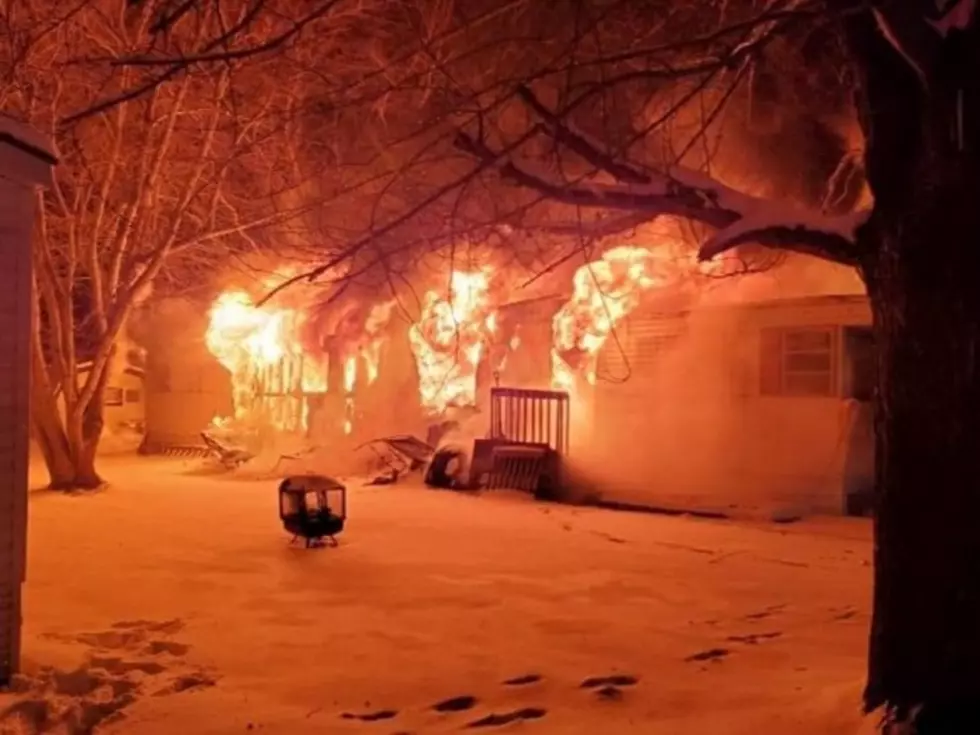
Minnesota Severe Weather Awareness: Tuesday Lightning and Hail
Tune in at 9:30 a.m. or 7:00 p.m. today on KDHL 920 AM and KDHL app for a special Severe Weather Awareness program featuring local officials. Rice County Emergency Management Director Jennifer Hauer-Schmitz, Faribault Emergency Management Director Dustin Dienst and Goodhue County Emergency Management Director Diane Richter-Biwer will share local information.
Today's topics during Minnesota Severe Weather Awareness Week are severe weather, lightning and hail. Most of the information here is from the Minnesota Homeland Security and Emergency Management Department (HSEM). Some information is also provided by the National Weather Service (NWS) or the National Severe Storms Laboratory (NSSL).
Thunderstorms affect relatively small areas compared with most other storms. The typical thunderstorm is 15 miles in diameter and lasts for 30 minutes. The National Weather Service says "ALL thunderstorms are dangerous. Of the estimated 100,000 thunderstorms that occur in the United States each year approximately 10% are severe."
"The National Weather Service considers a thunderstorm severe if it produces hail at least one inch in diameter, winds of 58 mph or stronger, or a tornado."
Severe thunderstorms can produce tornadoes, dangerous lightning and damaging straight-line winds.
The National Weather Service says to, "Treat a severe thunderstorm warning as you would a tornado. Move to an appropriate shelter if you are in the path of the storm."
"Damage from severe wind accounts for half of all weather damage reports in the lower 48 states and is more common than damage from tornadoes."
When I visited some parks in Florida a couple years ago there were signs everywhere reminding people, "When thunder roars to go indoors." Lightning is in every thunderstorm. It kills an average of 47 Americans each year. Hundreds more are severely injured. For the deaf and hard of hearing community the National Weather Service is using the slogan, "See a flash, dash inside."
Hail is a product of thunderstorms and causes approximately $1 billion dollars in damage each year in this country. Most hail is pea sized but the largest hailstone ever recovered was in Vivian, South Dakota on June 23, 2010. It measured 8" in diameter, had a circumference of 18.62" and weighed one ounce shy of two pounds.

More From KDHL Radio









